Climate change action farms
3 min read
The Greenhouse Gas Partnership Farms Project was created to help farmers understand their on-farm options and what impact those actions might have not only for their environmental footprint but on profitability too.
Dairy farmers are increasingly being asked to take a closer look at their environmental footprint and to make changes where they can make reductions. This isn’t just coming through in regulation but in community and consumer expectation too. We know farmers want to make improvements but often don’t know where to start.
The Partnership Farms research is part of the Dairy Action for Climate Change commitment by DairyNZ to support dairy farmers as they work to address on-farm methane and nitrous emissions long-term. The project modelled options into how participating dairy farms might reduce both nitrogen loss and greenhouse gas emissions.
New Zealand is already the most emissions efficient producer of dairy milk in the world but it’s important we continue to reduce our emissions to remain the best. Maintaining that world-leading status will require all of us to do what we can – no matter how small the change maybe it all adds up.
For a better understanding of how changes to reduce greenhouse gas (GHG) emissions and nitrogen (N) leaching may impact a farm’s profitability and productivity DairyNZ created the Greenhouse Gas Partnership Farm Project. The results of the project provide insights into the outcomes of different options.
The project established 12 partnership farms across New Zealand in 2018 and initially modelled 44 different farm systems options. The farms were based in Waikato, Bay of Plenty, Southland, Canterbury and Manawatu.
Case studies on six of the farms were developed to demonstrate potential options for farmers to reduce emissions and nitrogen loss, while exploring the effect on profitability. These six farms were selected to ensure representative and robust farm system data and modelling.
For each of the case study farms, changes to the system have been modelled in Overseer and Farmax to estimate the reduction in N leached, changes in GHG and profit.
In these case studies you may be able to see farms similar to your own whether that be location or farming system. Although each farm is unique, you will be able to see the implications of different actions.
This may help you as you consider steps to reduce your footprint on-farm.
Next steps for the partner farms include:
The case study farms below demonstrate potential options for reducing emissions and nitrogen loss, while exploring the effect on profitability.
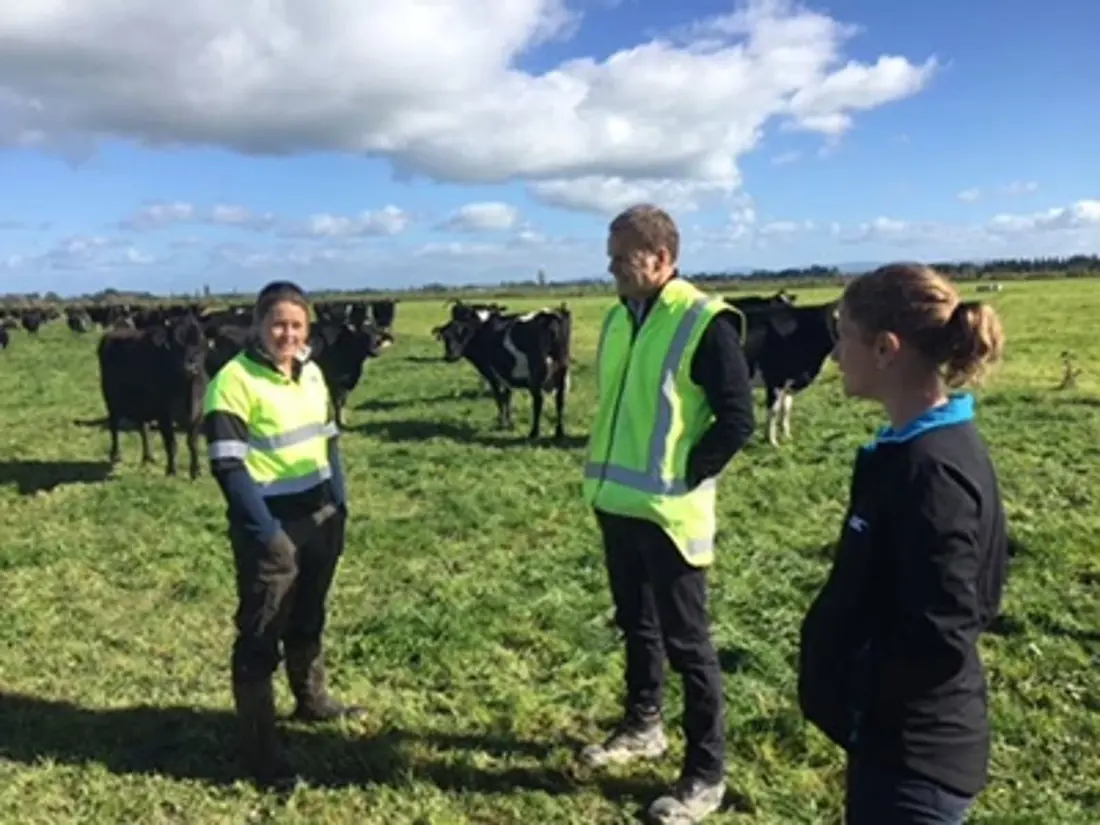
Options tested: effluent use, feed-pad use, timing of culls, reducing nitrogen fertiliser, planting native plants.
Download full case study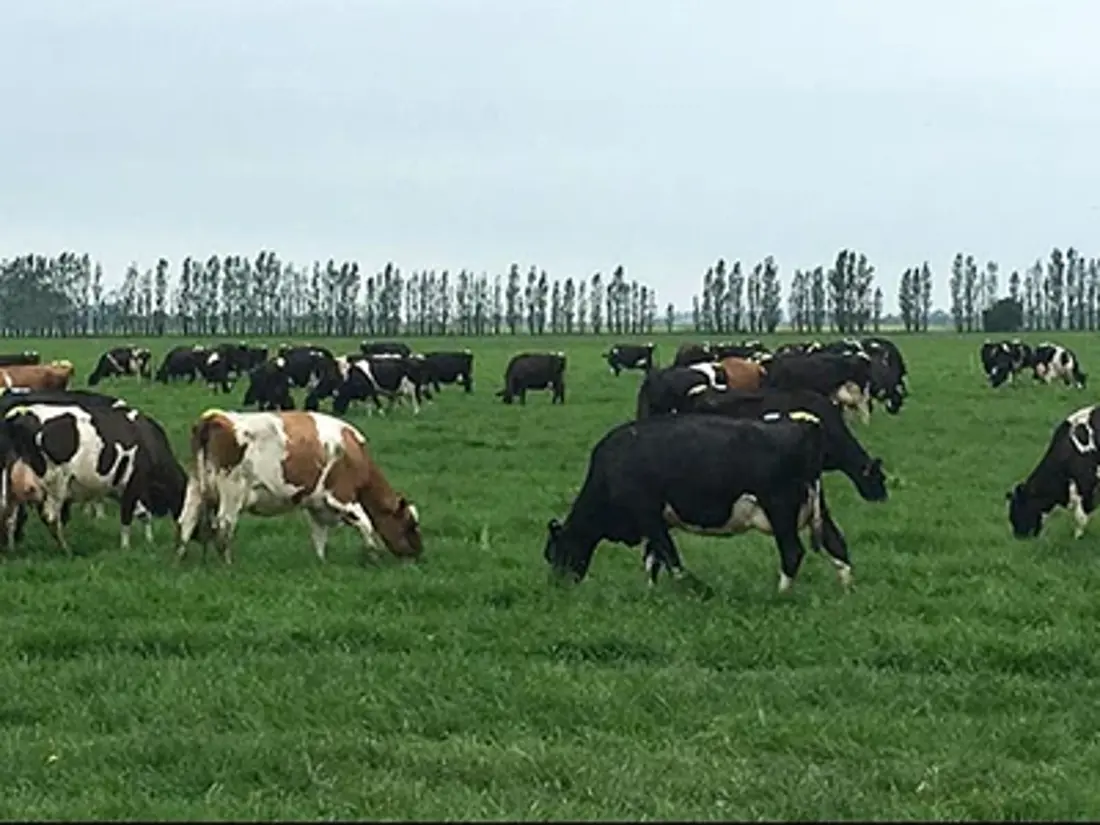
Options tested: reducing N fertiliser use, cropping area, and young stock replacement and use of low N supplements.
Download full case study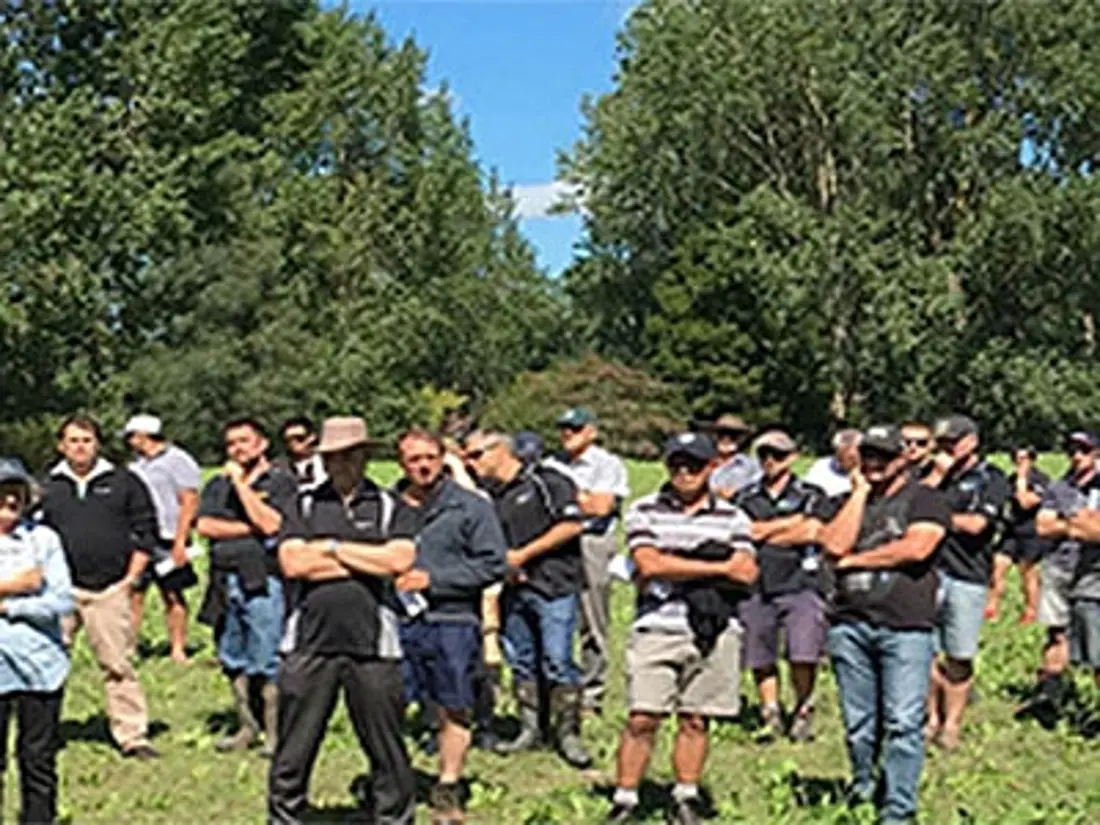
Options tested: de-intensification, and intensification while investing in infrastructure.
Download full case study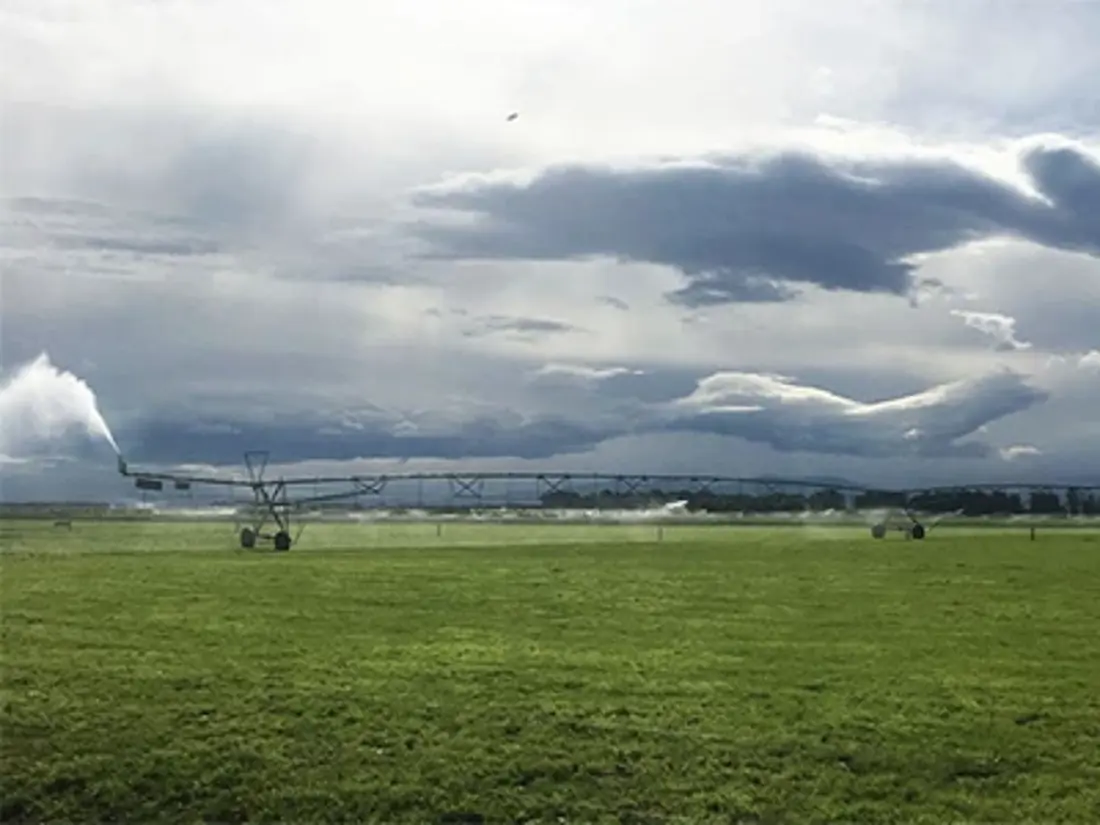
Options tested: move to more pasture-based system, and infrastructure investment.
Download full case study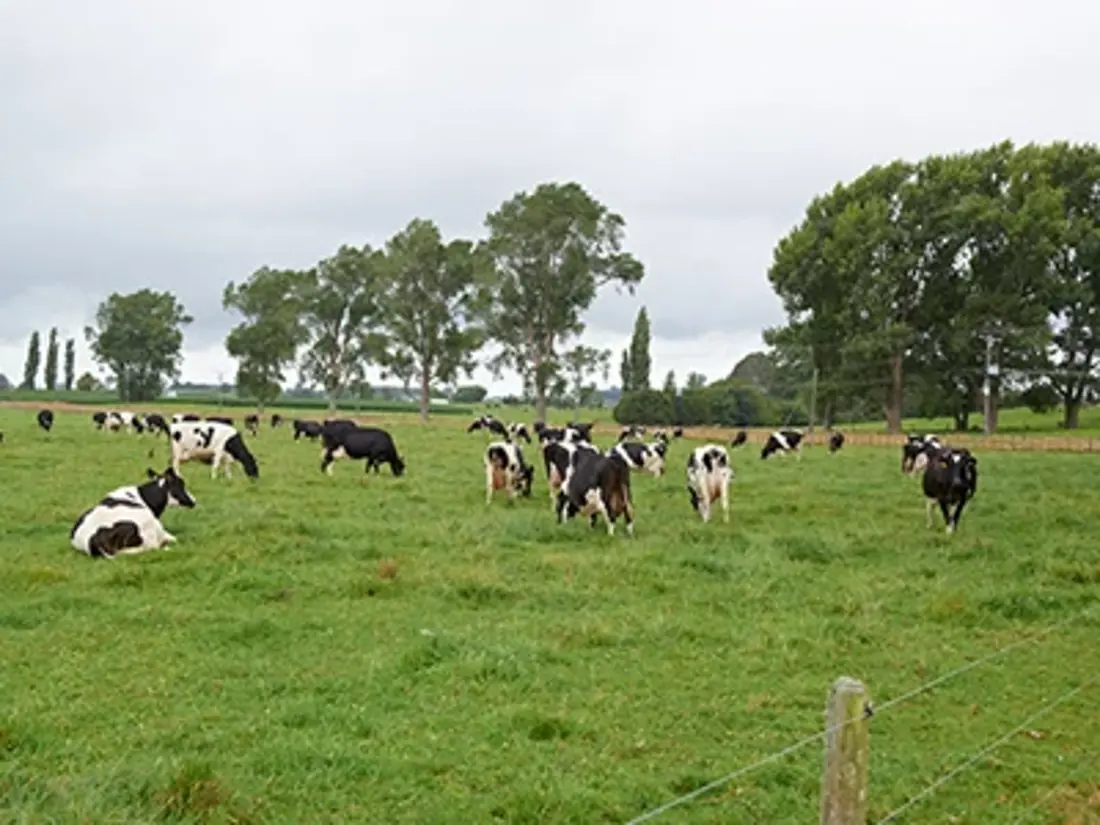
Options tested: reducing replacement rate, reduced imported supplement.
Download full case study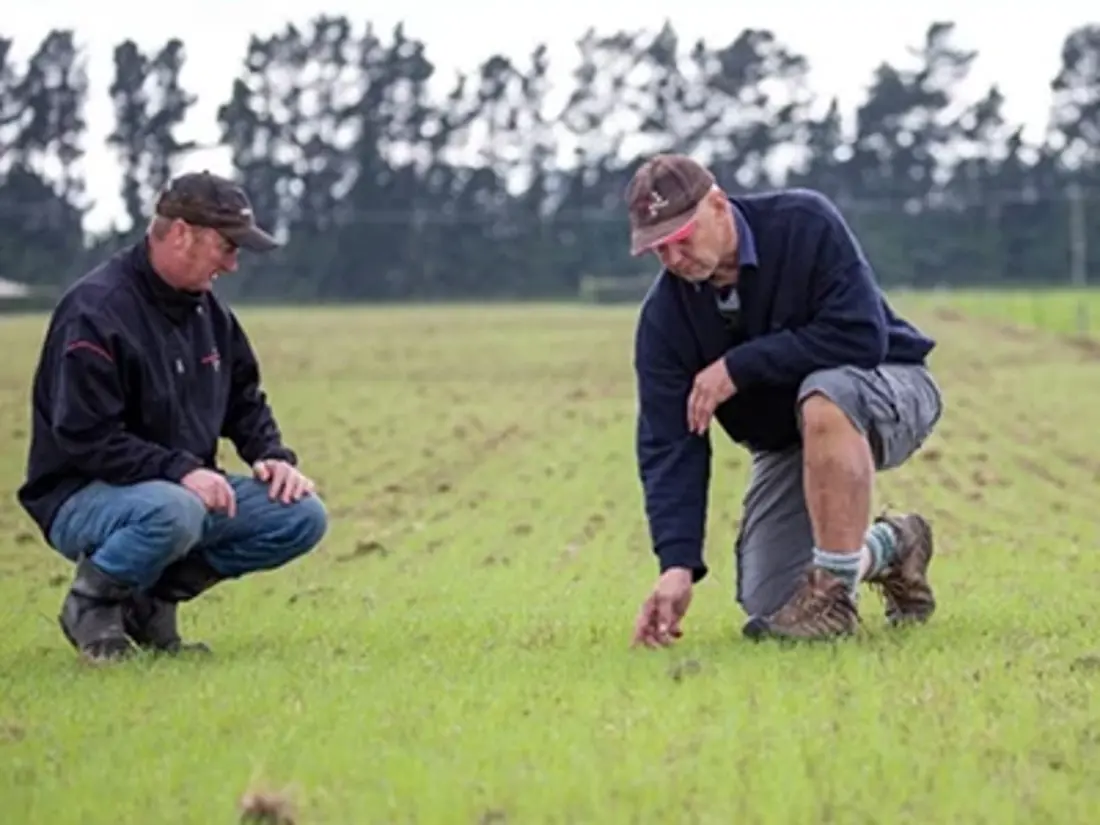
Options tested: soil monitoring for irrigation, removing nitrogen applications, culling early, and increasing effluent area.
Now’s the perfect time to check in, plan, and set up for a strong season. We’ve pulled together smart tips and tools to help you stay ahead all winter long.
Whether you prefer to read, listen, or download handy guides, we’ve got you covered with trusted tools to support your journey every step of the way.
Put our proven strategies and seasonal tools to work. Boost production, support animal health and watch your profits hum.
Tools that are backed by science, shaped by farmers and made for this season.
That’s Summer Smarts.